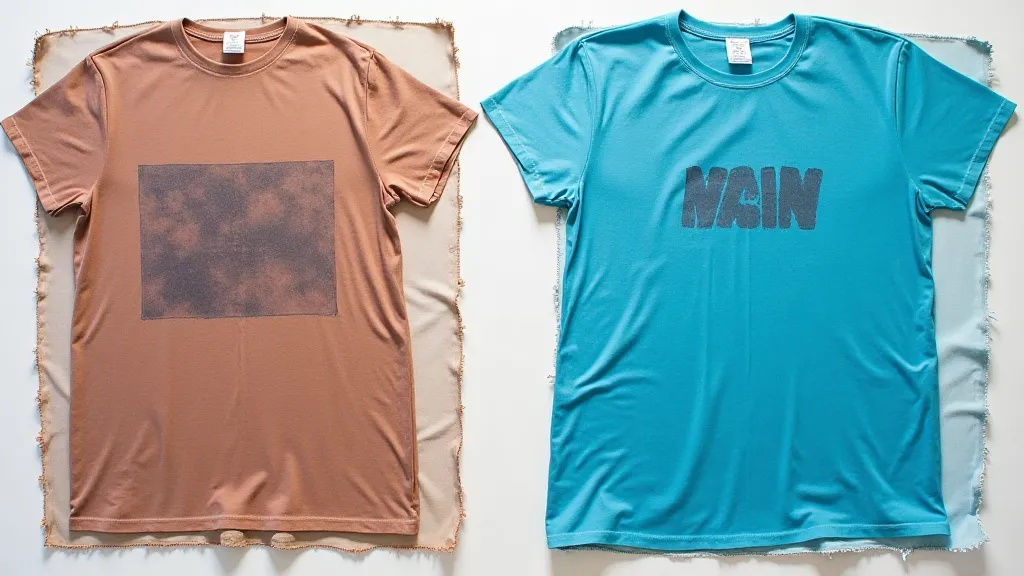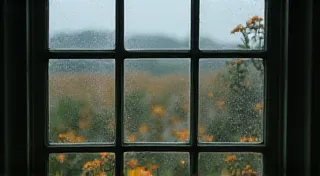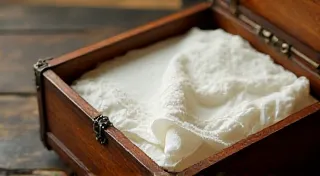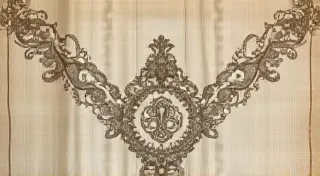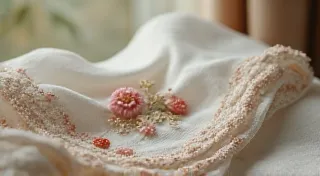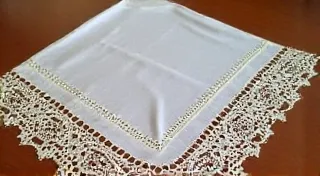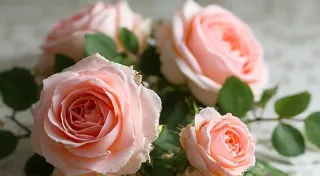Dating Handkerchiefs by Color: Natural Dyes vs. Synthetic Dyes
Identifying antique handkerchiefs often involves scrutinizing not just the embroidery, but also the fabric itself. A vital piece of that puzzle is color. The dyes used to color fabrics offer a surprisingly useful window into a handkerchief’s age. Before the advent of synthetic dyes, natural pigments were the only option, resulting in colors that tell a different story than those achieved with more modern methods. This article will explore how color can help you date your antique handkerchiefs, and provide valuable context to appreciating the subtle narratives woven into these delicate textiles.
The Reign of Natural Dyes (Pre-1856)
Before 1856, all fabric colors came from natural sources – plants, insects, and minerals. This meant the color palette was relatively limited and often muted. It's fascinating to consider how these colors, born from the earth, communicated status and sentiment, often a language far more nuanced than words. The meticulous work involved in creating these colors speaks volumes about the dedication of the artisans and the importance of textiles in Victorian society. Here's what you can expect:
- Browns and Tans: Extremely common. Walnut hulls, bark, and tea provided rich browns.
- Yellows: Saffron, weld, and dandelions produced yellows, ranging from pale lemon to deep gold.
- Reds: Madder root was the primary source for reds, producing shades from pink to deep burgundy. However, true vibrant reds were difficult and expensive to achieve.
- Blues: Woad was the most common source for blue, resulting in somewhat grayish-blue tones. Vibrant blues were rare.
- Greens: These were typically created by overdyeing yellow fabrics with woad.
- Purples: Purple dyes were notoriously difficult and expensive to create, often using lichens and requiring complex processes.
Natural dyes often display subtle variations within a single piece of fabric. This is because dye penetration isn's always even, and environmental factors during the dyeing process can affect the final color. The level of detail involved in appreciating a handkerchief’s age can go beyond mere color; it’s about understanding the entire process and the cultural context in which it was created. The impact of these textiles extended far beyond the wardrobe – they dictated social customs and unspoken rules. The evolution of fashion itself is intrinsically linked to the availability and application of these dyes, and understanding Late 19th and Early 20th Century Handkerchief Trends can offer a richer perspective on the societal shifts accompanying this era. The intricate detailing frequently incorporated into these delicate textiles often conveys a story of the artisan's skill and the owner's status.
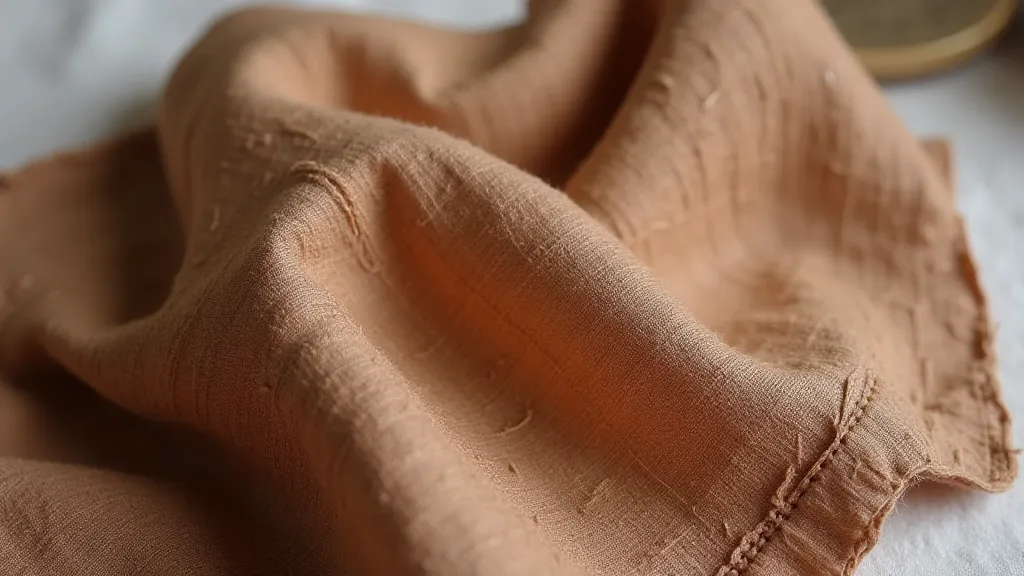
The Synthetic Dye Revolution (Post-1856)
In 1856, William Henry Perkin accidentally synthesized mauveine, the first aniline dye. This marked the beginning of a revolution in color. Synthetic dyes offered a vibrant and much wider range of colors unavailable through natural means. Key differences to look for:
- Brilliant, Intense Colors: Reds, blues, purples, and greens became dramatically more vibrant. Think true, electric blues, deep crimson reds, and vivid emerald greens – shades rarely achievable with natural dyes.
- Uniformity: Synthetic dyes generally produced much more consistent and even color across the entire fabric.
- Colorfastness: While early synthetic dyes had issues with bleeding, later developments improved colorfastness significantly.
The introduction of synthetic dyes didn't instantly replace natural dyes. They were used alongside each other for some time, particularly for higher-end linens. However, the affordability and availability of synthetic dyes gradually led to their dominance. This shift in production methods and color availability coincided with changing fashion trends; a period explored in more detail if you wish to examine Late 19th and Early 20th Century Handkerchief Trends. Examining the edge treatments—the techniques used to finish the handkerchief’s borders—can also reveal valuable information. The evolution of these finishes, from delicate point lace to intricate drawn thread work, provides further clues to a handkerchief’s age and origin, a subject often overlooked.
Color as a Dating Clue
Using color as a dating method isn't foolproof, but it can provide strong clues:
- Bright, Intense Colors (especially blues, purples, and vibrant reds): Strongly suggest a date after 1856.
- Muted, Earthy Tones: Point towards a pre-1856 origin.
- Gradual Color Shifts: Natural dyes often show slight variations in color due to uneven dye penetration.
Consider the fabric type as well. Very fine, high-quality linens might have been dyed with natural dyes even after the advent of synthetic colors, as the cost justified the perceived higher quality. Examining the techniques used to create the edges of handkerchiefs, such as point lace or drawn thread work, reveals another layer of understanding their age and craftsmanship – a topic investigated in detail in “Edge Treatments: Point Lace, Drawn Thread, and More”. The detailed craftsmanship and the subtle variations in color, even within a single handkerchief, tell a story of the artisan's skill and the cultural context of the time.
Beyond the Color: Other Factors to Consider
Remember, color is just one piece of the puzzle. Always consider other factors, such as the fabric type, embroidery style, and any other markings or labels. The artistry of the needlework itself frequently speaks volumes about the period it originated from. Examining the motifs and symbols woven into the handkerchief, and understanding their significance, adds another dimension to appreciating its age and context. The choice of motifs, whether floral, geometric, or pictorial, can reveal popular trends and cultural references that provide a deeper understanding of the handkerchief's history. Further investigation into the etiquette surrounding handkerchief usage – when to use them, how to carry them, and the unspoken rules governing their presentation – provides a fuller picture of Victorian social customs.
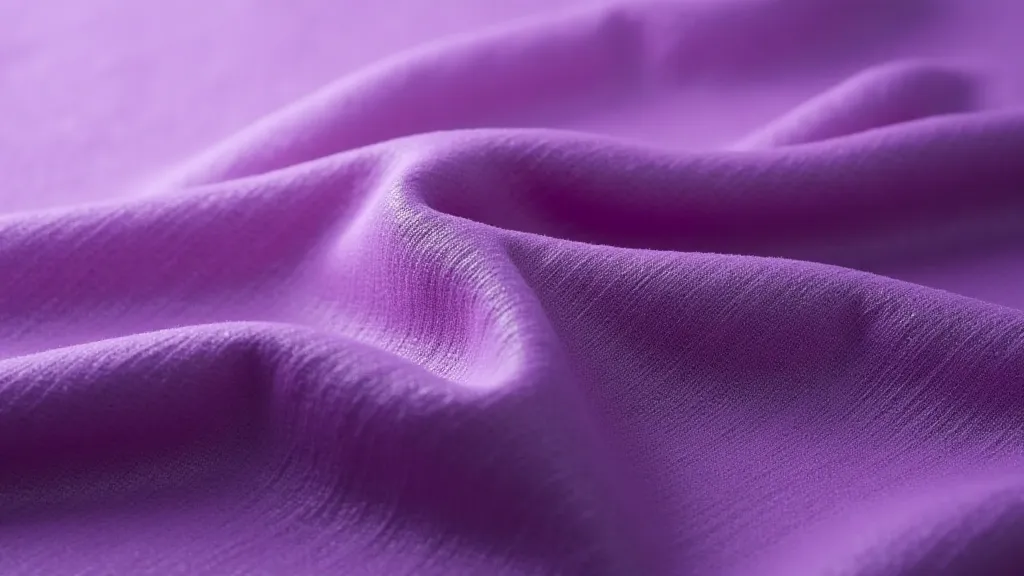
A Deeper Dive: Understanding Dye Processes & Materials
To truly appreciate the differences between natural and synthetic dyes, it's beneficial to understand the processes involved in their creation. Natural dyes required significant preparation. Plant materials had to be harvested, carefully processed, and often fermented or treated with chemicals to extract the color compounds. The dyeing process itself was often lengthy and required precise temperature control and careful monitoring to achieve the desired shade. The resulting colors were often more subtle and nuanced, reflecting the natural variations in the raw materials. The labor and skill involved in creating these colors contributed significantly to the value of the finished textile.
In contrast, the synthesis of synthetic dyes, while initially complex, eventually allowed for greater control and consistency. Mass production techniques made vibrant colors accessible to a wider audience, transforming the fashion landscape. However, early synthetic dyes sometimes suffered from issues with colorfastness, leading to fading and bleeding. Over time, advancements in chemistry addressed these issues, creating dyes that were both vibrant and durable.
The Role of Fashion and Social Class
The availability of different colors and dyeing techniques was closely intertwined with social class and fashion trends. During the era of natural dyes, brighter, more vibrant colors were often associated with wealth and status, as they were more expensive to produce. Muted, earth-toned colors were more common among the working class. The rise of synthetic dyes democratized color, making a wider range of hues accessible to all segments of society.
Fashion trends also played a significant role in the demand for different colors. The Victorian era was characterized by a constantly evolving style, with new colors and patterns emerging regularly. Handkerchiefs were often used as a fashion accessory, and women would choose colors that complemented their outfits and reflected their personal style.
Conclusion
By understanding the differences between natural and synthetic dyes, you can gain valuable insights into the age of your antique handkerchiefs. While it’s not a precise dating method, it provides a helpful piece of information when combined with other observations. Appreciating these antique textiles requires a broader understanding of the cultural and historical context surrounding their creation; a practice that helps to unveil and appreciate the intricacies and values of the past. The next time you examine an antique handkerchief, consider the journey of its color—a testament to the ingenuity of artisans and the ever-changing tides of fashion.
